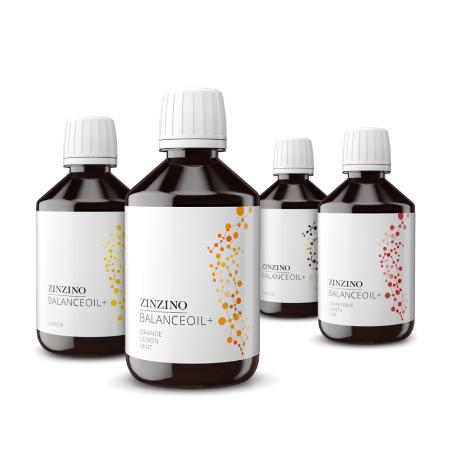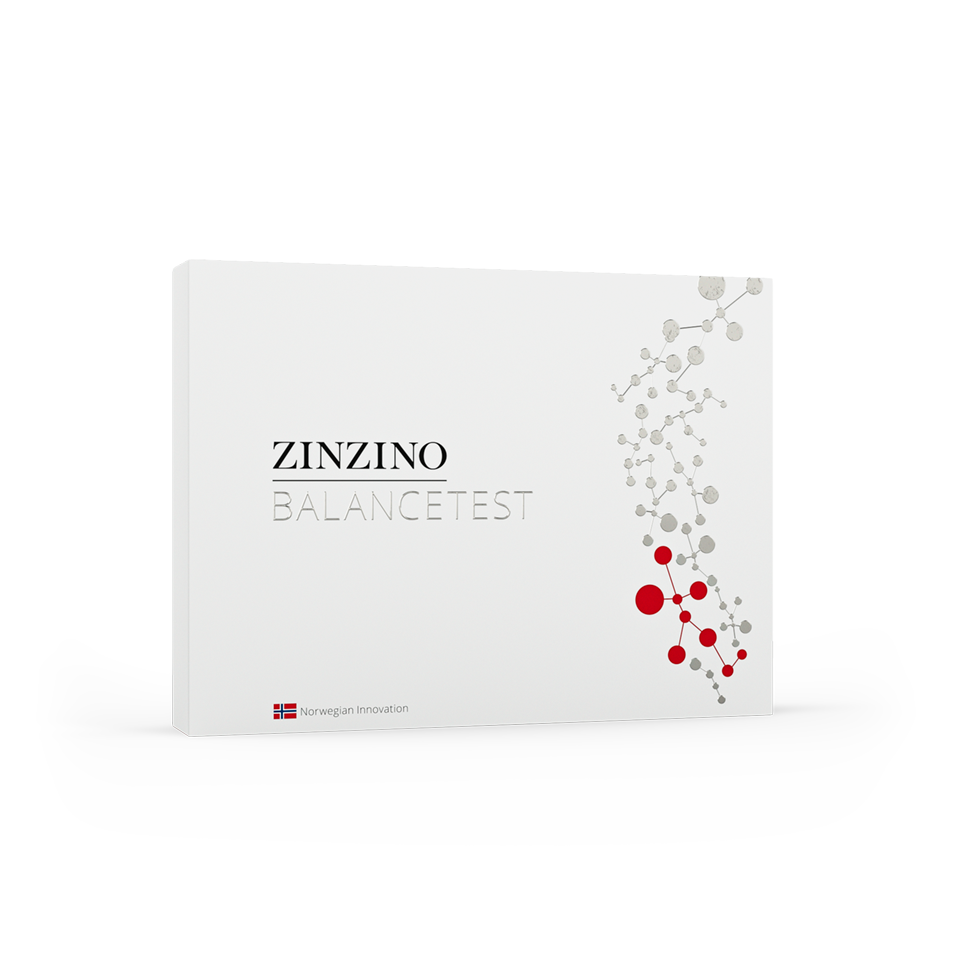Cisco Balbontin
Zinzino Independent Partner
Velkommen! Jeg er din personlige uafhængige partner og jeg er klar til at vejlede dig.
So, you don’t like fish. Guess what, Omega-3 capsules are not the only remedy!

First off, let’s sort out the basics. Sourcing the right amount of Omega-3 isn’t as simple as taking fish oil supplements. In any conversation about Omega-3, Omega-6 needs follow. Of all the different types of fatty acids, only these two have been declared essential to human health – and your body can’t create them. It’s all about balancing what you eat!
As your body cannot synthesize Omega-6 and Omega-3 on its own, both of these polyunsaturated fatty acids are an extremely important part of your diet. Omega-6 is known to contribute to normal growth and development, keeping hair, skin and bones in shape. Main food sources include most vegetable oils, nuts and animal products.
Omega-3 contributes to sharpening our brain-based skills1, mood, skin and heart health2.
It’s most easily found in fatty fish products like salmon, sardines, mackerel, algae, oysters, tuna and shrimp. Finding a balance between these two essential fatty acids in the food we eat is a delicate undertaking. As modern Western diets contain too much Omega-6, we tend to get a distorted ratio of fatty acids in our bodies. So, how do we strike this adequate ratio between Omega-6 and Omega-3 and move towards a healthier, happier life?
It’s a balancing act
Before the industrialization of food in the last century, scientists estimate that the ratio of Omega-6 to Omega-3 fats in the human diet averaged between 1:1 and 4:1.2. Today, this ratio has reached an all-time high, estimated at between 10:1 and 20:1 in the U.S.
So, short of stuffing ourselves with fish, veggies, nuts and seeds on a daily basis, are there easier ways to get our bodies back in balance? There’s a range of tailor-made products within the new science of pharmaconutrition that harness the power of active nutrients from food to help us fight the challenges of modern world diets. The Zinzino Balance Concept offers a series of test-based, all-natural products set out to adjust our Omega-6:3 ratio to optimal levels*.
BalanceOil+ is a Polyphenol Omega Balance food supplement consisting of a premium blend of oils derived from wild-caught small fish and pre-harvest extra virgin olive oil high in olive polyphenols, Omega-3 and Vitamin D3. The oils safely adjust and maintain EPA + DHA levels and the Omega-6:3 balance in your body while protecting your cells from oxidation.
Get back on track in four months
One of the great things about EPA and DHA Omega-3 fatty acids is that they help maintain normal brain function1. This is especially important for pregnant women as DHA contributes to brain development of the fetus1. These Omega-3s are also important for heart health2, while the pre-harvest, extra virgin olive oil protects your cells from oxidation. Hydroxytyrosol, derived from the olives, helps guard the blood lipids. These are the fat-like substances found in your blood and body tissues, such as cholesterol or triglycerides.
The naturally sourced Vitamin D3 contributes to strengthening the immune system. If taken daily, it takes approximately four months for you to reach the desired 3:1 ratio. In order to tailor your oil treatment and get a benchmark measurement of the Omega-6:3 ratio in your body, check out the Zinzino BalanceTest, a dried blood spot test that only takes a few minutes to complete from home. It determines your personal fatty acid profile and measures eleven different fatty acids in the blood, and you can access your personal results online within approximately two weeks.
* These statements have not been evaluated by the Food and Drug Administration. This product is not intended to diagnose, treat, cure, or prevent any disease.
1. DHA contributes to the maintenance of normal brain
DHA trägt zur Erhaltung einer normalen Hirnfunktion bei. Die Angabe darf nur für Lebensmittel verwendet werden, die mindestens 40 mg DHA pro 100 g und pro 100 kcal enthalten. Um gesundheitsbezogene Angaben machen zu können, muss der Verbraucher die Information erhalten, dass sich die positive Wirkung bei einer Tagesdosis von 250 mg EPA und DHA einstellt. Die Aufnahme von Docosahexaensäure (DHA) durch die Mutter trägt zur normalen Hirnentwicklung des Fötus und des Säuglings bei. Schwangere und stillende Frauen müssen informiert werden, dass sich die positive Wirkung bei einer Tagesdosis von 200 mg DHA zusätzlich zu der empfohlenen Tagesdosis für Omega-3-Fettsäuren für Erwachsene einstellt, d. h. 250 mg DHA und EPA. Die Angabe darf nur für Lebensmittel verwendet werden, die eine Tagesdosis von mindestens 200 mg DHA enthalten.
2. DHA and EPA contribute to the normal function of the heart
DHA und EPA tragen zu einer normalen Herzfunktion bei. Die Angabe darf nur für Lebensmittel verwendet werden, bei denen es sich zumindest um eine EPA- und DHA-Quelle im Sinne der Angabe Omega-3-Fettsäure-QUELLE handelt, wie im Anhang zur Verordnung (EG) Nr. 1924/2006 aufgeführt ist. Um die gesundheitsbezogene Angabe tragen zu dürfen, muss der Verbraucher die Information erhalten, dass sich die positive Wirkung bei einer Tagesdosis von 250 mg EPA und DHA einstellt.



Share this page
Or copy link